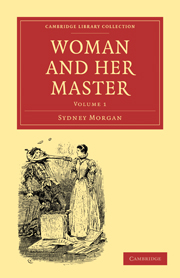Summary
From Cyrus to Artaxerxes, there had at various intervals been manifested, on the part of the Persian monarchs, a desire to restore the Israelites to their ancient land of promise; and in conformity to the advice of Cyrus, (found among his archives in the castle of Ecbatana in Media,) Darius had permitted the captive Jews to return to Palestine, under the conduct of their own hereditary sovereign, Zorobabel, king of Judah, of the race of David. But if the Jews were not slow to avail themselves of their emancipation, still of the multitudes which marched out of the gates of Babylon, “to the music of lutes and cymbals,” a considerable number returned to the Persian capital, leaving but a portion of the tribes of Judah and Benjamin to proceed to the desolated city of David. In the succeeding reign, Ezra, the most considerable of the sacrificers, who, with the high priest Joachim, had remained in Babylon, accompanied a fresh reinforcement of Israelites to people the deserted streets, and re-edify the crumbled walls of Jerusalem. The influence of Esther with Artaxerxes completed the restoration of the two tribes to the land of their inheritance: the other ten remained beyond the Euphrates.
In these several journeys from all parts of Persia to Jerusalem, the women abandoned the homes of their habitual affections, in numbers disproportionate to those of the men, many of whom, and particularly the Levites, were accompanied by “strange women,” in violation of the law, notwithstanding that it had so often brought down the reproofs of their prophets and leaders.
- Type
- Chapter
- Information
- Woman and her Master , pp. 215 - 262Publisher: Cambridge University PressPrint publication year: 2010First published in: 1840

